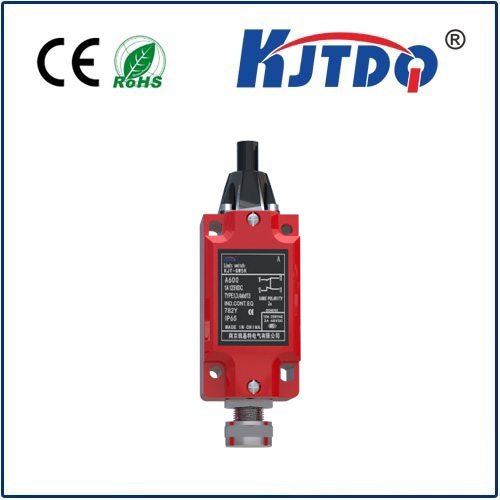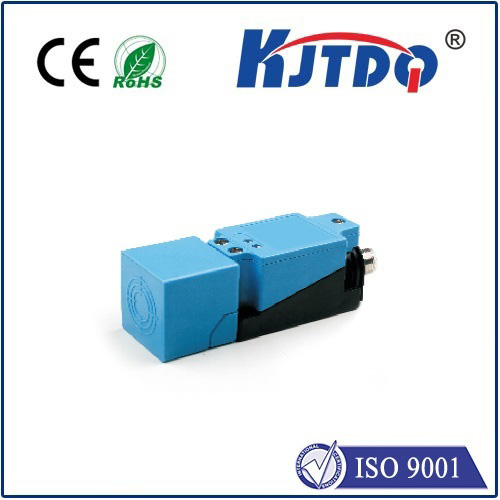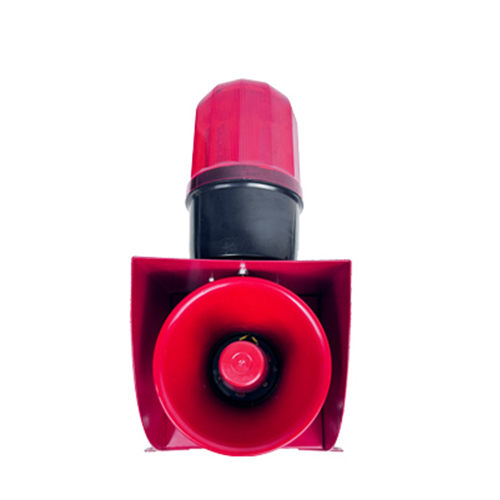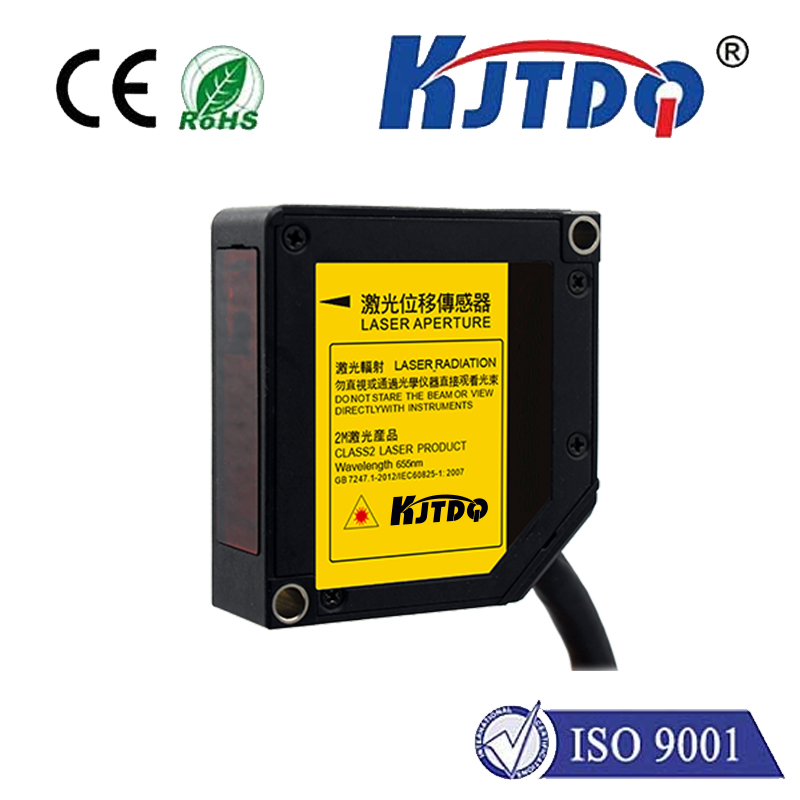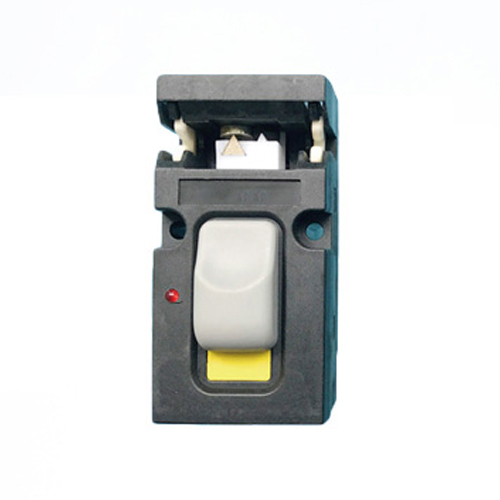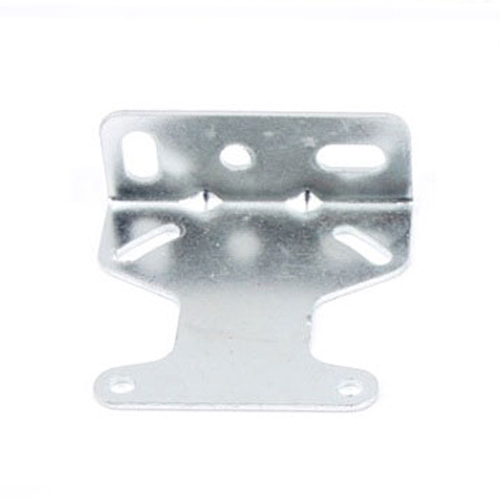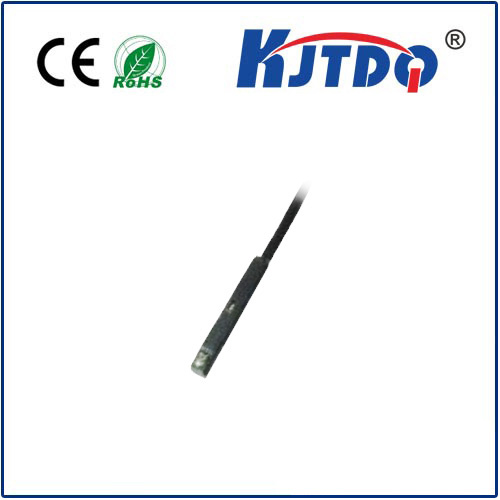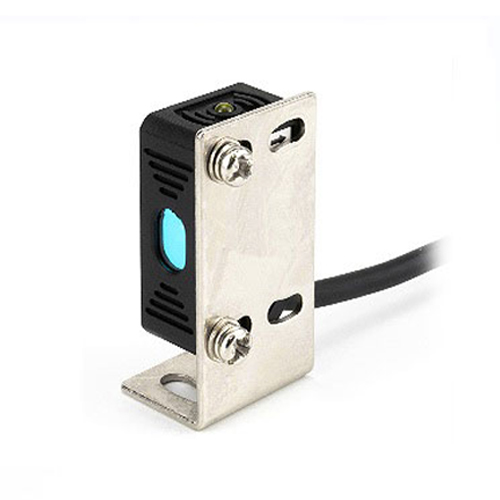reflection photoelectric switch sensor for product
- time:2025-09-13 03:36:53
- Click:0
Unlock Next-Level Automation: The Power of Reflection Photoelectric Sensors in Product Handling
The relentless drive for efficiency and precision in manufacturing demands ever-smarter solutions. Amidst the whirring motors and precise movements defining modern production lines, reliable object detection remains a fundamental cornerstone. Enter the reflection photoelectric switch sensor – a seemingly simple yet profoundly impactful technology quietly revolutionizing how products are detected, counted, positioned, and controlled throughout countless industrial processes. If seamless automation and flawless product flow are your goals, understanding this sensor’s potential is crucial.
How the Magic Happens: The Retro-Reflective Principle
Unlike other photoelectric sensor types (diffuse, through-beam), a reflection photoelectric switch, often specifically termed a “retro-reflective” sensor, cleverly integrates both the emitter (light source, typically infrared or visible LED) and the receiver (photodetector) into a single compact housing. Here’s the core principle:

- Emission: The sensor continuously emits a beam of light.
- Reflection: This light beam travels outwards, targeting a special retro-reflector strategically placed opposite the sensor.
- Return Path: A retro-reflector is designed to bounce light directly back along the path it came from, regardless of its angle of incidence (within operational limits). Think of it like a bicycle reflector.
- Detection: In the absence of an object, the receiver reliably detects this returned beam. The sensor interprets this steady state as “no object present.” Its output signal remains inactive (e.g., OFF state for a Normally Open/NO configuration).
- Interruption: When a product passes between the sensor head and the retro-reflector, it physically interrupts the light beam, preventing it from reaching the reflector.
- Signal Change: Without the reflected beam returning, the receiver ceases detection. This interruption triggers the sensor’s internal switching mechanism, instantly changing its output signal state (e.g., turning ON for an NO configuration).
- Control: This change in output signal provides a clear, unambiguous signal to the machine’s controller (PLC, robot, etc.) that an object has been detected. This signal is the vital input for initiating the next action – start a conveyor, trigger an actuator, increment a counter, or flag a jam.
Why Choose a Reflection Photoelectric Switch for Your Products?
- Simplified Setup & Alignment: Integrating emitter and receiver into one unit dramatically simplifies installation and alignment compared to through-beam sensors that require careful mounting and wiring at two separate points. You only need to mount the sensor on one side and position the reflector opposite, significantly reducing installation time and complexity. Maintenance becomes easier too, as both critical components are housed together.
- Extended Sensing Range: Compared to diffuse sensors (which rely on light bouncing off the target itself), retro-reflective sensors generally offer a much longer operational range for detecting similar object sizes. This flexibility is vital for larger machinery or production lines where sensor mounting points are farther apart.
- Reliable Object Detection: They provide a very robust signal when an object interrupts the beam. The clear “beam present” or “beam broken” state offers high noise immunity against electrical interference or ambient light fluctuations, ensuring dependable operation critical for precision automation.
- Cost-Effectiveness: While requiring a reflector, retro-reflective sensors are often more cost-effective overall than purchasing, installing, and wiring two separate through-beam components, especially considering the reduced labor time.
- Reliable Detection of Diverse Products: These sensors work well on a wide variety of surfaces, shapes, colors, and materials – as long as the object is sufficiently opaque to interrupt the beam. They aren’t reliant on the target’s reflectivity like diffuse sensors can be.
Ubiquitous Applications in Product Handling:
The reflection photoelectric switch sensor finds its place anywhere reliable, non-contact detection of products is needed without complex setup:
- Conveyor Line Presence Detection: Verifying a product has entered or exited a station, triggering indexing or downstream processes. Crucial for preventing collisions and ensuring product flow. Also essential for detecting jams.
- Precise Positioning: Accurately stopping conveyors or positioning mechanisms when a product reaches a specific point relative to the sensor/reflector pair.
- High-Speed Counting: Accurately tallying products quickly passing a detection point on high-speed lines (bottles, cans, packages, components).
- Palletizing/Depalletizing: Detecting the presence of layers, gaps, or individual items on pallets for robotic arms or stackers/destackers.
- Filling Level Control: Monitoring the position of product stacks or fill levels within containers, chutes, or packaging machines.
- Gating & Sorting: Triggering diverters, gates, or reject arms when a product requiring special handling is detected.
- Machine Safety/Guard Monitoring: Used on light curtains or safety gates to detect if the protective guard is correctly closed before machine operation resumes.
Selecting the Right Sensor: Key Considerations for Product Success
Not all retro-reflective sensors are equal. Optimizing performance requires careful selection:
- Sensing Range: Choose a sensor with a range exceeding the required distance between the sensor head and the reflector by a comfortable margin.
- Light Source (Wavelength): Infrared (IR) is most common and offers immunity to ambient visible light. Red LED models provide a visible beam for easier alignment but are more susceptible to ambient light interference. Laser variants offer extremely precise spot detection.
- Output Configuration: Select the correct voltage/current type (e.g., PNP/NPN transistor, relay) and switching logic (NO/NC) compatible with your controller. Output configuration is critical for system logic.
- Environmental Factors: Consider protection rating (IP65/IP67/IP69K for dust/water resistance), temperature range, chemical resistance, and resistance to shock/vibration relevant to your factory floor.
- Object Characteristics: While versatile, ensure the product is large enough and sufficiently opaque to reliably block the beam. For very small or highly transparent objects, a focused laser sensor or different sensing principle might be needed. Beam size also matters for detecting small items.
- Reflector Choice: Standard reflectors work for most applications. Polarized filters (requiring a specialized polarized retro-reflector) are essential to avoid false triggers from highly reflective surfaces (like metal or glossy packaging) that could bounce the emitter light directly back to the receiver without the reflector.
Integration and Best Practices
- Stable Mounting: Securely mount both the sensor head and the reflector to prevent vibration or drift from misaligning the beam. Misalignment is the primary cause of failure.
- Cleanliness: Keep the sensor lens and reflector surface clean from dust, oil, or grime buildup that could attenuate the light beam and reduce reliability.
- Avoidance of Background Interference: Ensure no unintended reflective surfaces are positioned such that they could bounce light back to the receiver when the beam is interrupted.
- Testing & Adjustment: Utilize the sensor’s indicator LEDs or teach function (if available) during commissioning and periodically for maintenance verification.
**The Future of Product Detection:






